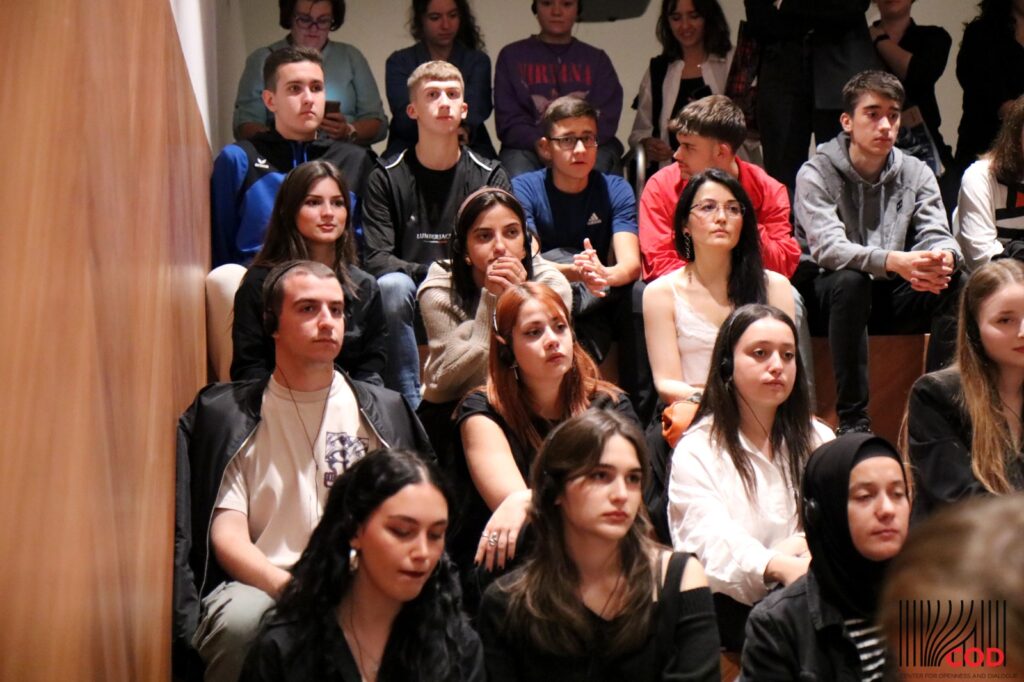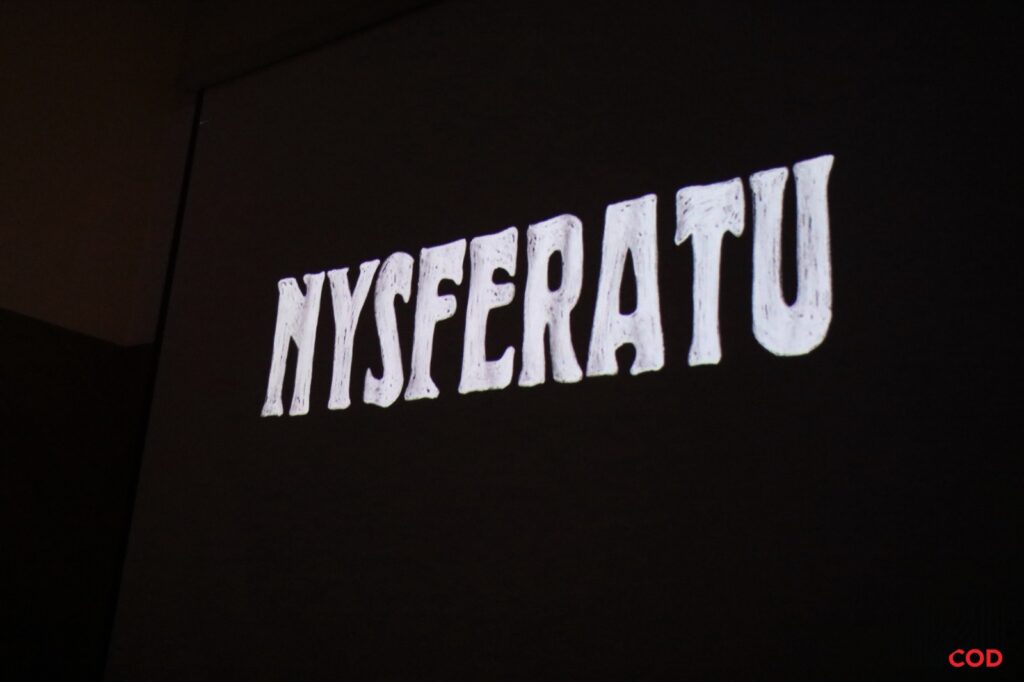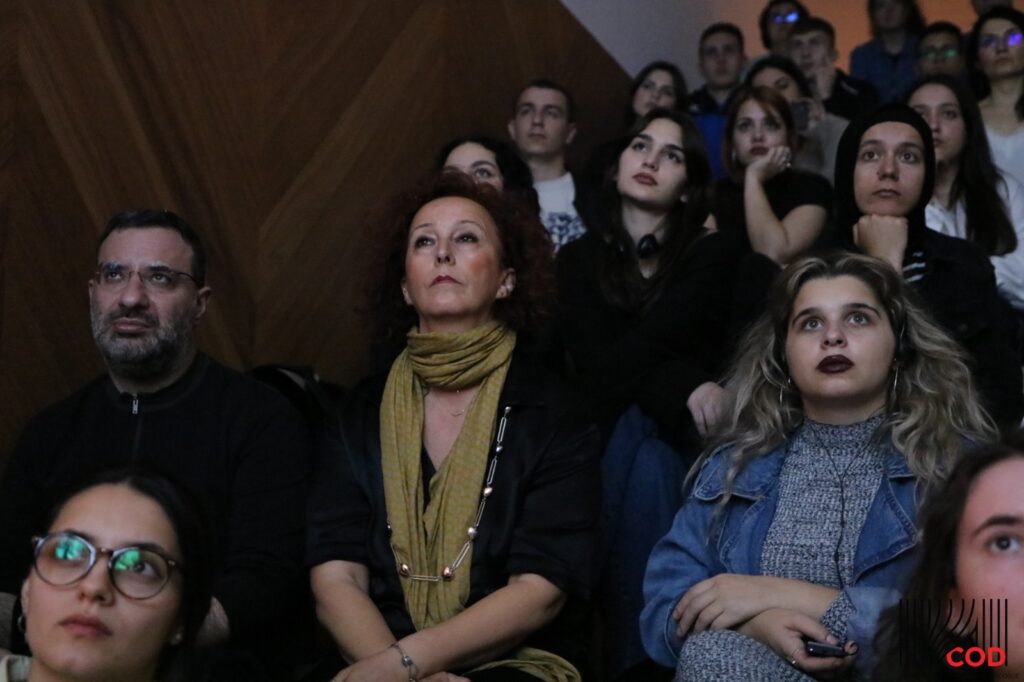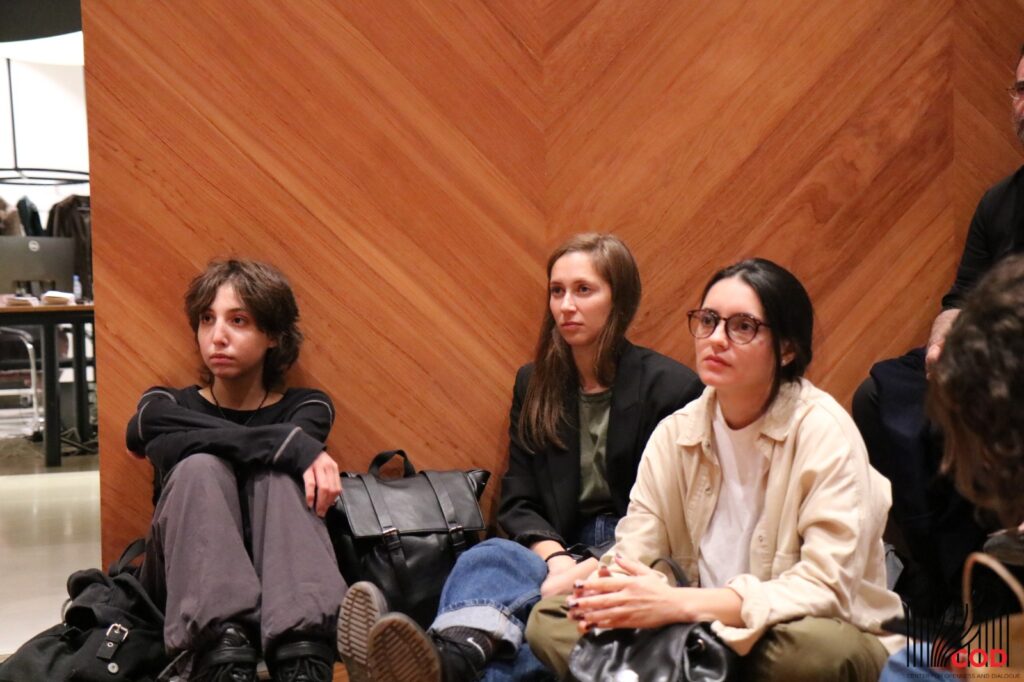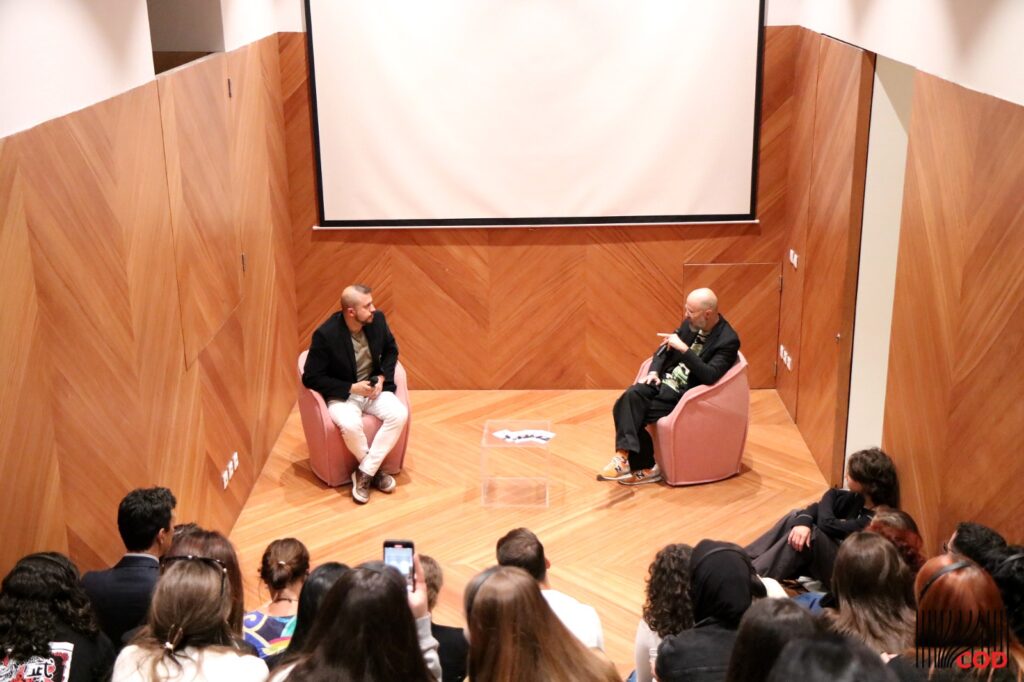The sign of the other
“Cause all you people are vampires
And all your stories are stale
And though you pretend to stand by us
I know you’re certain we’ll fail”
Arctic Monkeys – Perhaps Vampires Is a Bit Strong But…
What is the vampire within us? Certainly, each one of us has one that stirs in the shadowy areas of our lives and thoughts and that brings into play our constant search for balance between light and shadow, between good and evil, between what we are and what we could or would like to be.
Andrea Mastrovito, together with a team of 12 assistants realized “NYSFERATU – Symphony of a Century” between 2014 and 2017. The film, produced by More Art NYC, is made by entirely redesigning, through 35,500 plates, F. W. Murnau’s “Nosferatu” (1922), a milestone of horror cinema and in turn a film adaptation of Bram Stoker’s novel “Dracula” (1897). The technique used by the artist is that of rotoscoping, which is based on the tracing of scenes shot, to obtain a fluid movement but at the same time a flickering effect reminiscent of films from the early days of cinema.
The film is a journey through time and space, through the story of a Manhattan financial broker who sends his employee, Mr. Hutter (who during the film will change his name to Hunter/Hunted/Hitter, until he becomes Hatter, meaning completely mad) to sell a property to Count Orlok (Dracula) who lives in Syria, north of Manhattan according to the map shown at the opening of the film, where the Middle Eastern country effectively replaces the Bronx. The habits and customs of the characters trace those of the time in which Murnau’s original film is set, 1838, but the reality that surrounds them and the facts to which the characters refer belong to our contemporaneity, the two different times intersect in the story thus creating a space-time short circuit. In his theory of general relativity, Einstein had already realized that it was necessary to remove the quantity “time” from the general equations to obtain, paradoxically, a ubiquitous ever-changing universe. Even today, science still tells us that the best way to interpret the world is by following a grammar of change and not permanence, that is, the world is made up of events rather than things, which are at a where and at a when, and if we get rid of the linear quality of time, we can give rise to unexpected events that in turn generate new interpretations of the world.
In this new spatio-temporal geography built by the artist, Dracula becomes the outsider, the other from us, who flees from a place ravaged by wars and famine, for which we should all, in any case, feel partly responsible, and seek a better life in another place (and/or another time), taking with him his coffin, his only possession, an omen of the transience of our existence.
Dracula is the mirror in which we see ourselves and our dark side, he represents our terror at being confronted by those different from us, in this neo-liberal society that creates crystallized processes of identification that make empathy with the different increasingly difficult. Laclau and Mouffe recall in this sense how “the presence of the other prevents me from being totally myself”[1]. As if being totally ourselves would isolate us from the continuity of the events that make up the world, highlighting our shadows.
To talk about the presence of the other, Andrea Mastrovito chooses drawing, perhaps the first technique we learn to express ourselves, the most intuitive, the technique that more than any other seems to flow naturally from the anatomy of our body as if the pencil were a natural extension of our fingers. Drawing speaks of us, of the way we hold the pencil, of the strength or delicacy with which we draw our marks, of our gaze at what we see, deciding what to hold and what to let go. Drawing is therefore observing and choosing before making a mark on a surface. Choosing how we want to interpret what we are looking at and consequently, how we want others to see the subject we have drawn, John Berger states:
«Each confirmation or denial brings you closer to the object, until you are, so to speak, inside it: the contours you have drawn no longer indicate the edge you have seen, but the edge of what you have become»[2]
Drawing is therefore also an offering, the offering of a point of view, of an interpretation that takes shape through our signs and transforms us. Drawing is therefore also transformation, firstly transformation of ourselves, and then transformation of others, of the observer, of the places in which we live, of the world as we see it.
In NYSFERATU, Andrea Mastrovito creates a ubiquitous narrative capable of condensing places, times, genres, and themes in the sign of the pencil to arrive at a single vision that he chooses to animate through the time of cinematographic narration. But what remains on the surface, constantly protagonist, is the sign, which in the rotoscoping technique constantly vibrates to our gaze, it is a sign in continuous movement, in continuous transformation, it is no longer, as we have understood, just the margin of what we are looking at, but rather the margin of what we are becoming, and now it is up to us to understand what we want to become. Through the metaphor of the “monster”, the artist constantly questions us as about who is the monster. Is it someone who is other than me, or is it the other part of me that stirs in the shadows of my crystallized identity?
In the meantime, the Statue of Liberty weeps asking itself this same question.
Stefano Romano
[1] Ernesto Laclau; Chantal Mouffe; Hegemony and Socialist Strategy: Toward a Radical Democratic Politics. Verso, Londra, 1985. Pag. 127
[2] John Berger; Sul disegnare. Il Saggiatore, Milano 2017. Pag. 11

